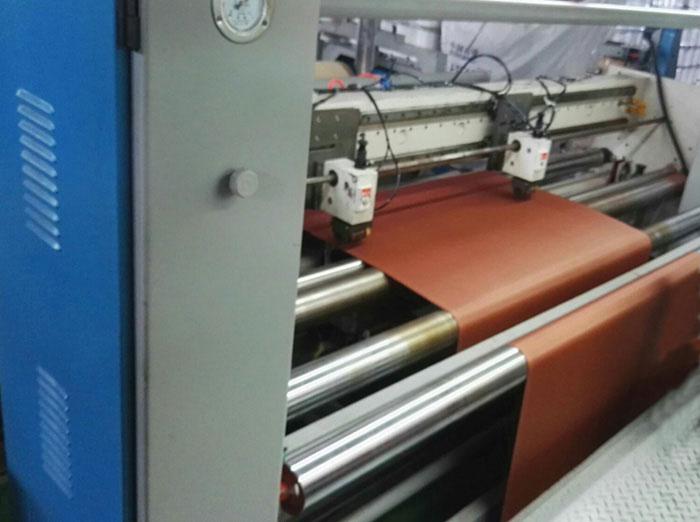Roller Blind Fabrics
Fabrics
The fabrics used for Roller blinds come in three varieties, Block out, Screen and Translucent. Each type has its purpose and benefit.

Blockout Fabrics
Blockout fabrics block outside light entering your room while providing full privacy and inside temperature control. Although called blockout, there will be some light gaps from the brackets. Light gaps will be further detailed below.
- Pair with translucent or screen blind
- Pair with a Sheer curtain
- Great for insulation
Translucent Fabrics
Allow more light in the room than blockout fabrics and provide privacy from inside and outside, day or night. Only shadows can be seen by those looking inside or outside. translucent fabrics provide similar protection to opaque glass.
- Glare reduction with a designer look and feel
- Daytime privacy
Screen Fabrics
Screen fabrics filter light to reduce the strength of the sun. Screen fabrics help to block UV rays from fading floors and furnishings and control heat and glare. These fabrics offer bi-directional vision meaning you can see both from inside out and from outside in. The visibility is mostly from the darker environment to the lighter environment (i.e. during the day you can mostly see out and during night time, you can mostly see in). Darker-coloured materials offer better contrast and reduce glare than lighter fabrics. Conversely, darker material will trap more radiant heat than lighter material.
- Glare reduction
- Daytime privacy
- Thermal protection
- Cost-effective
Fabric Construction
Roller blinds can be made from many different materials. It is important to know the most common materials used for roller blinds.
Polyester (PES)
Polyester is a type of plastic that is used to make durable blinds. Being a type of plastic, it is able to be made in various colours. This is a very commonly used material for roller blinds. Our Dusk and Dusk Xtra ranges are made of Polyester and have an acrylic coating on the back on the front of them.
Acrylic Coating
An acrylic coating is a thin (acrylic) layer applied to one side of the fabric which looks slightly glossy. It makes the fabric water-resistant and also is the material applied to create the blockout coverage on the blind.
PVC
PVC is a strong synthetic technical fabric that is very versatile. Used in many different types of products, not just blinds.
Cotton
Cotton is a soft, fluffy staple fibre that grows in a ball, or protective case, around the seeds of the cotton plants. The fibre is most often spun into yarn or thread and used to make a soft, breathable textile.
Ultrasonic
Polyester is considered to be the most suitable synthetic material to be subjected to ultrasonic applications.This is used on all fabrics supplied.
Ultrasonic cutting and weaving guarantees:
-
no fraying
-
no burns on fabrics
-
no emissions of toxic fumes
-
shorter production times
-
less energy consumption
-
no need for thread in seams
-
coupling together two fabrics or one with a film

Knife Cut
This method is used less commonly now with the development of ultrasonic and aeronaut cutting methods. This is when a person manually cuts the material by hand.
Wheel Cutting
Wheel cutting is done with a small handheld circular blade, it is predominantly used for cutting straight edges of the fabric. This method is used less commonly as it is another manual method.
Cutting tables
Another key tool for cutting fabric is the cutting table. The size can vary depending on the space, they will typically have measurement markers built into the table top for ease of use. They will also usually have a semi-soft table top to allow the user to pin the fabric to the table top for ease of use. Capture fabrics are typically cut using the ultrasonic method.